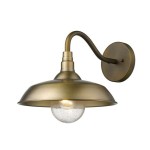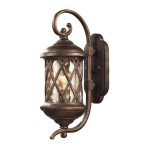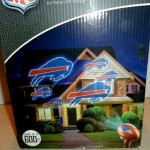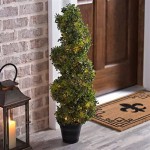How To Seal Outdoor Stairs
Outdoor stairs endure constant exposure to the elements, making them susceptible to damage from moisture, UV rays, and temperature fluctuations. Sealing outdoor stairs is a crucial preventative measure to extend their lifespan and maintain their structural integrity. This process involves applying a protective sealant that repels water, prevents cracking and splitting, and inhibits the growth of mold and mildew.
The first step in sealing outdoor stairs involves thorough cleaning. Loose debris, dirt, and leaves should be removed using a broom or leaf blower. A stiff-bristled brush can be used to scrub away stubborn dirt and grime. For wooden stairs, a pressure washer can be employed, but care must be taken to avoid damaging the wood fibers. Concrete stairs can be cleaned with a concrete cleaner and a scrub brush. Allow the stairs to dry completely before proceeding to the next step.
Inspecting the stairs for damage is crucial after cleaning. Look for cracks, splinters (in wooden stairs), and any signs of deterioration. Minor cracks in wooden stairs can be filled with wood filler, while larger cracks might require professional repair. Chips and cracks in concrete can be repaired with concrete patching compound. Allow any repairs to dry completely according to the manufacturer's instructions before sealing.
Choosing the appropriate sealant is critical for effective protection. Various types of sealants are available, each designed for specific materials and offering varying levels of protection. For wooden stairs, options include water-based sealers, oil-based sealers, and clear or semi-transparent stains that offer both color and protection. Concrete sealers are typically categorized as penetrating or topical. Penetrating sealers soak into the concrete, providing protection from within, while topical sealers create a protective layer on the surface.
Before applying the sealant to the entire staircase, it's advisable to test it on an inconspicuous area. This allows one to observe the sealant's color, finish, and any potential reactions with the stair material. This step is particularly important for stained wood, as the sealant can sometimes affect the final color.
Applying the sealant requires careful attention to ensure complete coverage. Follow the manufacturer's instructions regarding application methods and drying times. For wooden stairs, a brush, roller, or sprayer can be used. Applying thin, even coats is recommended, allowing each coat to dry completely before applying the next. For concrete stairs, a roller or sprayer is typically used. Ensure even coverage and avoid pooling, especially on horizontal surfaces.
When applying the sealant, work systematically, starting from the top step and working downwards. This prevents stepping on freshly sealed surfaces. For stairs with railings, seal the railing separately after completing the steps. Maintain a wet edge while applying the sealant to avoid lap marks. Overlapping each stroke slightly ensures uniform coverage.
Drying times vary depending on the type of sealant, temperature, and humidity. Consult the manufacturer's instructions for specific drying times. Generally, it's recommended to allow the sealant to dry for at least 24 hours before using the stairs. Avoid heavy traffic or placing objects on the sealed surface during the drying period.
Maintaining the sealed stairs prolongs the effectiveness of the sealant and preserves the stairs' appearance. Regularly sweep or blow away debris to prevent dirt buildup. Periodic cleaning with a mild detergent and water can remove stubborn dirt and grime. Avoid using harsh chemicals or abrasive cleaners that could damage the sealant. Inspect the sealant periodically for signs of wear or damage. Reapply the sealant as needed to maintain optimal protection, typically every one to two years depending on the type of sealant and environmental conditions.
Sealing outdoor stairs is a worthwhile investment that protects against weather damage, extends their lifespan, and enhances their appearance. By following these steps, one can ensure proper application and maximize the benefits of the sealant, preserving the integrity and beauty of the outdoor staircase for years to come.
Selecting the right sealant depends on the material of the stairs and the desired level of protection. Consult with a professional at a hardware or paint store for recommendations based on specific needs and local climate conditions. They can provide expert advice on the best sealant for the project, ensuring optimal performance and longevity.
Safety precautions should be observed throughout the sealing process. Work in a well-ventilated area and wear appropriate protective gear, such as gloves and eye protection. Dispose of used sealant containers and applicators properly according to local regulations. Keep children and pets away from the area while the sealant is drying.

Do I Need To Seal H4 Timber Outdoor Stairs

Do I Need To Seal H4 Timber Outdoor Stai Bunnings Work Community

How To Waterproof Outdoor Concrete Stairs Before Tiling Using Hydro Ban

Waterproofing Steps Southern Liquid Systems

Stucco Cement Plaster Waterproof Seal Outdoor Wood Stairs Permanently No More Rotting

How To Seal Outdoor Brick Steps Ehow

How Would You Seal An Exterior Staircase Made Of Plywood Doityourself Com Community Forums

Staining The Deck Stairs Southern Hospitality

Staining The Deck Stairs Southern Hospitality

How To Stain And Seal Wood Stairs Life Love Larson







